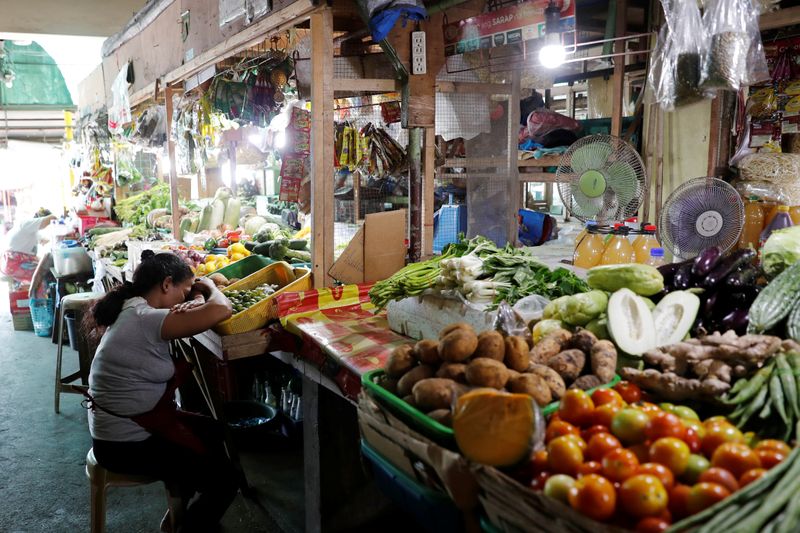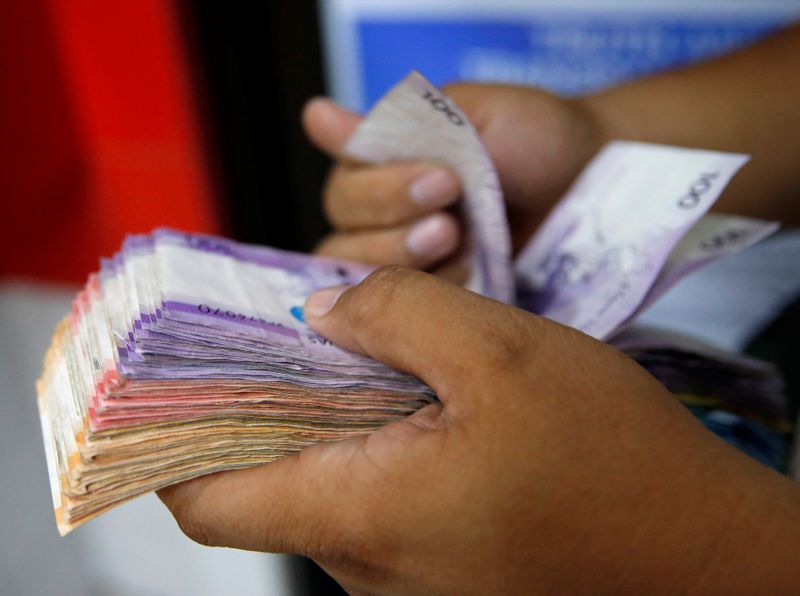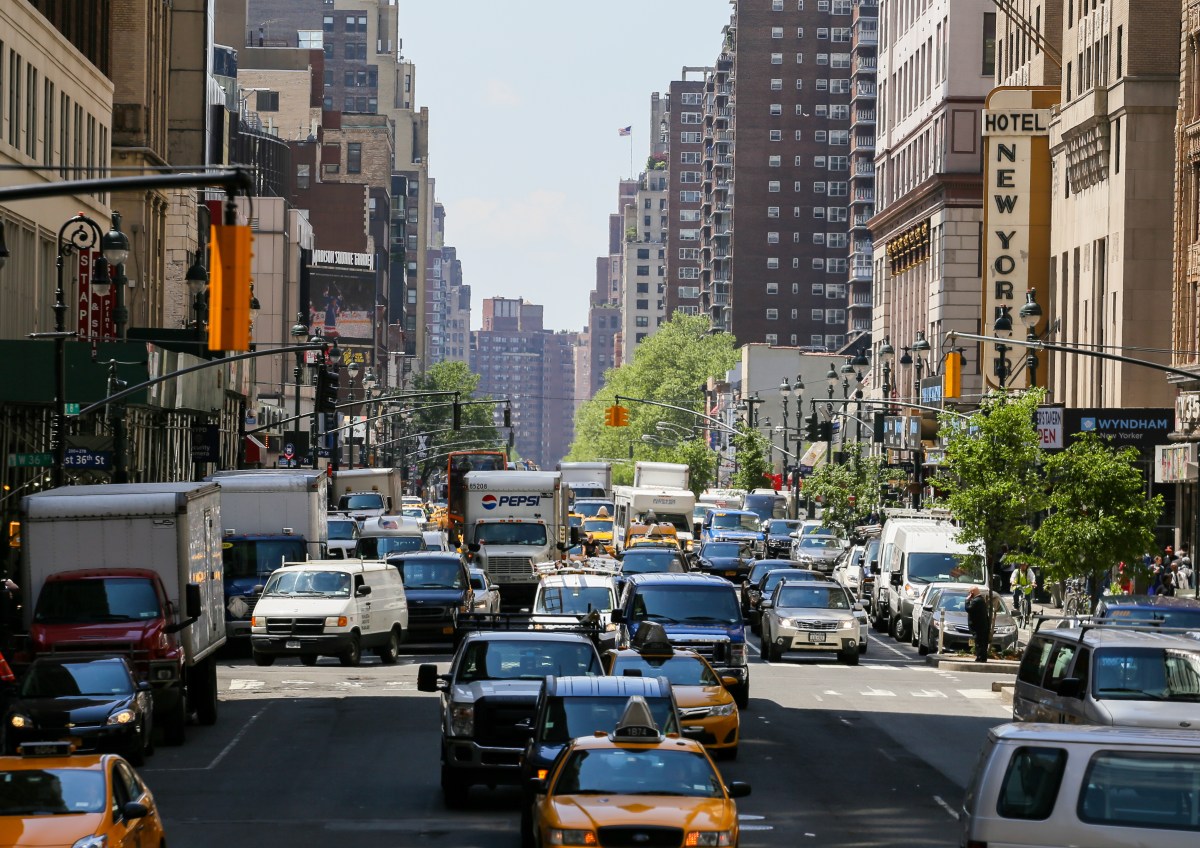MANILA (Reuters) – The Philippine economy fell into recession for the first time in 29 years with a record slump in the second quarter, as strict lockdown measures ravaged economic activity and prompted the government to sharply cut its GDP forecast for 2020.
Official data showed on Thursday gross domestic product <PHGDP=ECI> tumbling 16.5% in April-June from a year earlier – the biggest slump since comparable GDP data was first recorded in 1981 – after falling a revised 0.7% in the first quarter.
The drop was far bigger than the 9% contraction forecast in a Reuters poll of economists and made the Philippines the second country in Southeast Asia, after Singapore, to fall into recession amid the coronavirus pandemic.
Domestic demand and business investment were severely hit, data from the Philippine Statistics Authority showed, while the government was now forecasting the biggest annual drop in GDP since 1985 this year. It reimposed restrictions in and around Manila this week to fight a rise in coronavirus cases.
“The Philippine economy crash-landed into recession with the Q2 GDP meltdown showcasing the destructive impact of lockdowns on the consumption-dependent economy,” said ING senior economist Nicholas Antonio Mapa.
Seasonally adjusted GDP fell 15.2% in the second quarter from the first three months of the year, while the government sharply downgraded its 2020 growth forecast.
The Philippines was among Asia’s fastest-growing economies before the pandemic, but now the government expects its GDP to shrink 5.5% this year – the biggest annual drop in 35 years – from a previous forecast for a 2.0-3.4% decline. The government sees the economy rebounding in 2021 and 2022.
The government has allocated some 655 billion pesos ($13.35 billion) to help people face the pandemic and 59 billion pesos to improve the healthcare system, but this has done little to ease the pain of a population facing record-high unemployment.
Jomar Santos, who used to earn 350 pesos ($7.14) a day delivering school supplies to stores in Caloocan city, has been at home since the lockdown resumed on Tuesday for the next two weeks and worries about his wife and one-year old child.
“It’s really very hard. No work, no food to eat,” said the 23-year-old Jomar Santos.
“There’s nothing we can do except to bear it. That’s better than me and my family getting sick.”
The stock market <.PSI> largely shrugged off the data and rose 1.2%, having already underperformed its regional peers this year. The local currency <PHP=> closed slightly firmer at 49.05 to the dollar from Wednesday’s 49.075.
WORSE OVER?
Pressure is mounting on the government to deliver more far-reaching support, given the central bank has already cut interest rates to record lows this year and that economists see little room for more monetary easing as inflation rises.
“The worst is behind us, but we’re not out of the woods yet,” Bangko Sentral ng Pilipinas Governor Benjamin Diokno said on Thursday.
The central bank has slashed interest rates by a total of 175 basis points this year to a record low of 2.25%.
Michael Ricafort, economist at Rizal Commercial Banking Corp said it is “fundamentally tougher to further cut local policy rates at the moment” when inflation is at a six-month high of 2.7% in July, above the central bank’s key interest rate.
Instead, policy support will have to come from further reductions in banks’ reserve requirement ratio, which would inject liquidity into the market, or more government stimulus, economists said.
(Reporting by Neil Jerome Morales, Enrico Dela Cruz and Karen Lema; Editing by Ana Nicolaci da Costa)
























